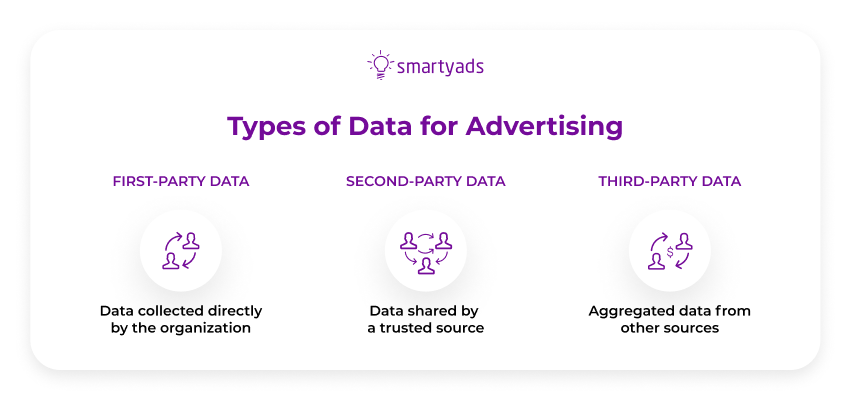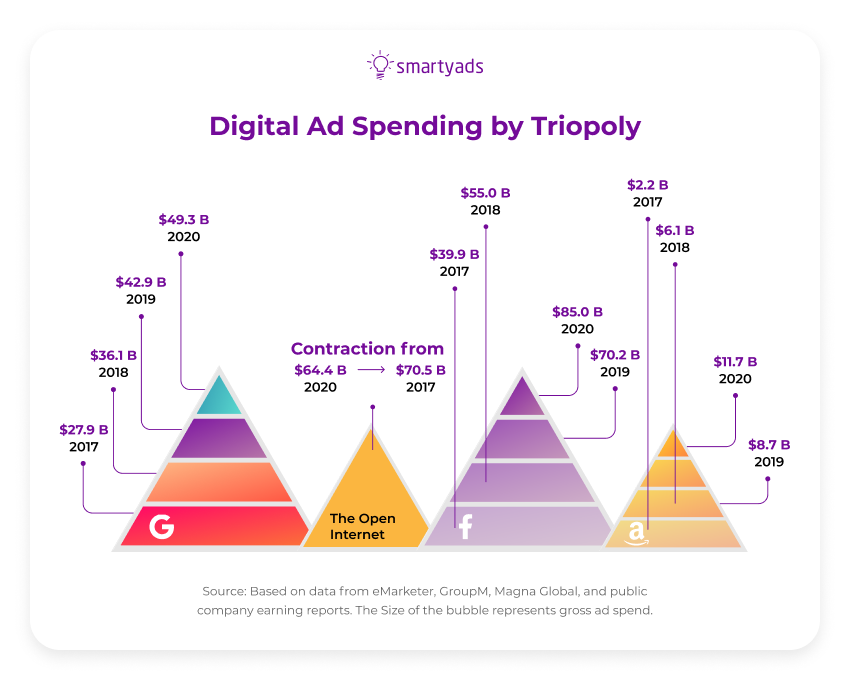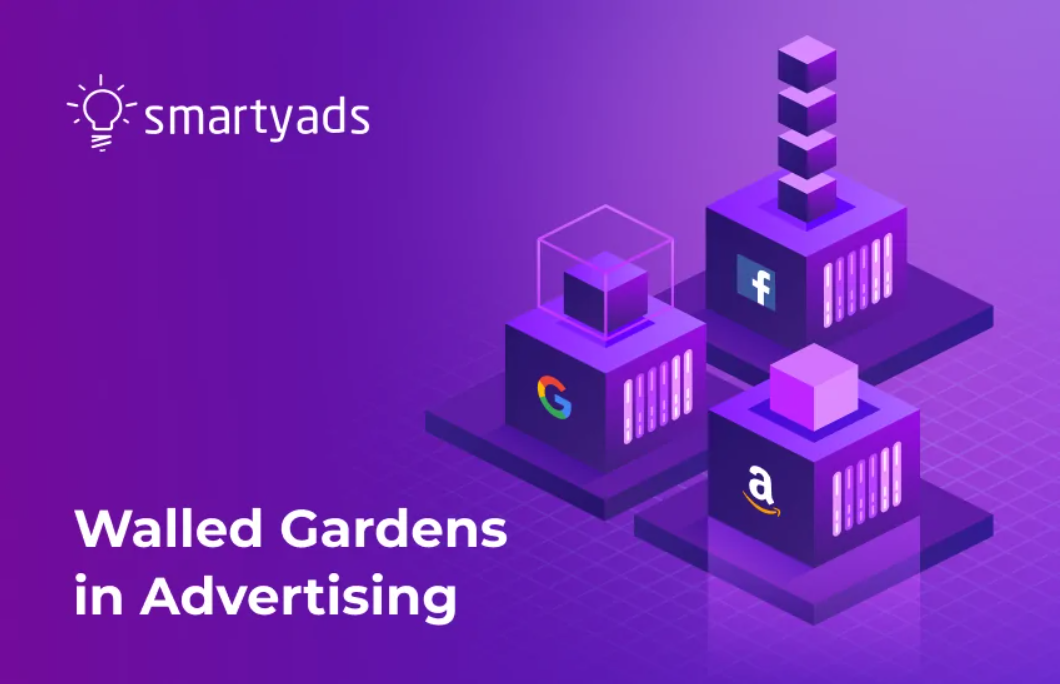In advertising, a walled garden refers to a closed ecosystem where a particular ad tech platform or network controls the flow of information and campaign performance data within its closed platform.
This walled prison means that advertisers who want to reach a specific audience must use the platform's advertising services. Examples of walled gardens in advertising include social media platforms like Facebook, Instagram, and Twitter, as well as search engines like Google.
Within these walled gardens, advertisers may have limited access to customer data, such as email addresses or phone numbers. They may be restricted in the types of ads they can run or the targeting options available to them.

While the walled garden can offer a highly engaged audience and sophisticated targeting options, advertisers may face challenges regarding data ownership and the ability to measure the impact of their campaigns outside of the walled desert platform's ecosystem.

How walled gardens came to be
John Malone, the founder of Tele-Communication Inc., later acquired by AT&T, first coined the term "walled garden". Since then, the term has been used in various industries, mainly to refer to closed platforms where a particular network or ad tech platform controls the flow of information and data.
The first example of a major tech company doing a walled garden was recorded in the 1970s, when a telecommunication industry company in the United States, Bell System, developed hardware specifically for its network users. Users rented hardware (phones) from the company rather than owning all the hardware themselves.
Today, walled gardens are everywhere, from Internet service providers to local ice cream stores. Every business likes to keep its user accounts in its own way.
Why are walled gardens created now?
In 2018, prominent platforms such as Facebook and Google, and to a certain extent Amazon, decided to restrict the use of third-party cookies and any other queries to ad technology providers or vendors from emerging ecosystems.
Three advertising technology giants, Google, Facebook, and Amazon, control over half of all digital ad spend. While Google cooperates with other small and large companies, Facebook and Amazon prefer to limit access to their data as much as possible. So each created its walled garden.

This has led to blocking valuable user information that has become available only through these ad tech platforms. Advertisers who wanted to target this audience were forced to use their own technology to buy and run ad campaigns.
Why did brands create walled gardens? The answer is GDPR
To be much more careful with personal data and avoid potential fines of up to 4% of global annual turnover, Facebook, Google, and many other ad tech platforms have blocked third-party access to user data. This has made it much easier for them to enforce privacy policies and expand their capabilities, providing a better experience for users.
At the same time, it increased control over advertising data coming from their walled garden ecosystem, reducing the number of viable alternatives and reinforcing the dominance of such a closed platform. Ultimately, the walls were up three months after GDPR went into effect.
Publishers who have their own walled garden
Today, any service provider, including publishers, can create their walled garden. Some major publishers, such as the New York Times or Forbes, have their own closed ecosystem. They create a community of users by developing a subscription funnel and encouraging consumers to use it. Users pay for access to the publisher's premium content (but, in fact, it's also access to a walled garden).
This allows readers to get information only through a particular publisher's website, not social media or referrals.

Large publishers with a reputation and significant market clout can control user data and retain revenue through various monetization methods, such as programmatic advertising, ad unit monetization, and paid access. However, the walled garden approach can be problematic for new and small publishers because they cannot share data with their partners, such as DSPs, SSPs, and ad exchanges.
Can publishers manage without third-party data?
For the most part, publishers don't need much third-party data. They have their own content that attracts traffic. In fact, it's advertisers and marketers who really need user data to help them create successful campaigns.
However, publishers need to provide custom data to advertisers to set up audience targeting. This, in turn, helps publishers generate more ad revenue from media advertising. In the end, publishers have no choice but to share user data when it comes to advertising. It's like the wheel of samsara.
Still, small niche publishers can start by creating their own walled garden.
Using your walled garden means your advertising revenue is not dependent on solutions created by the big ad techs. For example, with the impending elimination of third-party cookies, publishers serving programmatic ads will see a drop in eCPM, resulting in a significant decrease in monthly ad revenue.
Publishers with walled gardens won't even feel any change.
How do walled gardens affect publishers?
Walled gardens can positively impact marketing and advertising for publishers for several reasons. It creates a better user experience, which is key to successful marketing. It also provides a wealth of valuable first-hand data that is constantly updated. This makes running highly targeted and sophisticated advertising campaigns on these ad tech platforms easier and safer from a data privacy law perspective.
However, keep in mind that the extent to which third-party cookies are used for multi-touch attribution and cross-domain targeting has limits and can even harm the brand and reduce user trust. Therefore, a walled garden can be a good solution, but you must be mindful of the measure and balance the benefits against the possible risks.
Pros and cons of the walled garden
Walled gardens stifle the market of data and resources. But it can also keep users' data safe, a concern for many people, especially in recent years. This brings us to the point that a walled garden has pros and cons.
Pros of a walled garden
Accuracy
Let's consider Facebook. Because it's a social network where users can post their likes and dislikes on an activity level or simply in words, Facebook can set up very precise ad targeting.
Advertisers can use this information about users to show relevant ads and increase conversions.
Cross-device tracking
A user can access their account using multiple devices.
When accessing their accounts, users can change devices, but their profiles remain the same across mobile devices. So there we have it: walled gardens with a user account creation feature benefit from cross-device targeting.
Security
This is perhaps the main benefit of walled gardens. Walled gardens ensure the privacy of their users. If we look at Facebook again, we realize it allows advertisers to target campaigns.
However, it does not give advertisers data about where their ads are shown. The Cambridge Analytica scandal forced the platform to revise its policy on processing user data, so now, if a user doesn't click on an ad campaign, the advertiser won't know which user was viewing the ad.
With 3 billion users on its platform, Meta has access to a wealth of user-level data that is used to create one of the most comprehensive ad targeting opportunities. Meta allows advertisers to use its Data Management Platform (DMP), Demand-Side Platform (DSP), and Dynamic Creative Optimization (DCO) while keeping much of the campaign results data in-house.
Cons of a walled garden
Difficult to manage
Most walled gardens have their management, design, and development teams. They control everything from employees and users to software and tools, which can be problematic.
Imagine the number of tools you use for your business — CRM, CMS, DMP, and more. Imagine you need to build that software internally, constantly updating it to meet industry standards. Sounds pretty resource-intensive.
Competition with similar businesses
Competition is always real, especially in a field as in-demand and popular as advertising.
A brand must constantly develop new and innovative ideas (targeting, ad types, reporting features) to keep users happy and interested while not being distracted by other providers targeting the same users.
Withstanding such competition becomes more difficult for a walled garden technology provider because it needs to maintain privacy but also requires information about competitors.
To wrap it up
Walled gardens are probably the future of programmatic advertising. Of course, they have disadvantages, and alternatives are likely to appear soon. However, thanks to walled gardens, advertising platforms have almost no industry report; they allow to get rid of dependence on third-party data and can provide the necessary level of user security.
Things like walled gardens may seem unfriendly and dangerous, but treating them as development opportunities is better, and then, they will be.





